Friday Degustation: ask about our wheat grass shots!
Oh No, Big Bucks for Ono
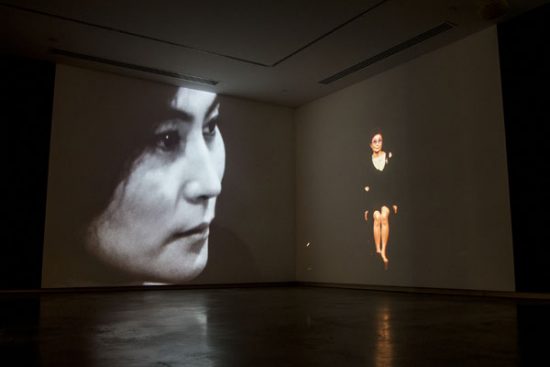
It turns out that the NSW State Government will go to great lengths to conceal its behind-the-scenes deliberations when it comes to handing out great wads of cash in support of headline exhibitions. Former Fairfax journalist, and now Nine Media’s Andrew Taylor lodged an FOI application back in 2015 to find out how much Destination NSW had “…spent on major arts and cultural events in the state for the three years prior to 2015.” Destination NSW spent $100,00 trying to stop the FOI application but now, four years later, the truth: the State Government forked out $500,000 to support the Yoko Ono show at the Museum of Contemporary Art in 2013. But not everyone was that excited about it. The Art Newspaper reports that [>] “In a 2013 letter […] a senior bureaucrat in the NSW government called Yoko Ono a “well-known celebrity” but questioned her standing as an artist and suggested an exhibition of her work was unlikely to meet visitor targets. The letter was written by Sandra Chipchase, the chief executive of Destination NSW, the tourism arm of the state government, to Elizabeth Ann Macgregor, the director of Sydney’s Museum of Contemporary Art (MCA). In the letter, Chipchase unfavourably compared Yoko Ono with Anish Kapoor and Annie Leibovitz, two artists who previously exhibited at the MCA, suggesting that she was “not in the same echelon as these artists”. Despite the rebuke of Ono’s artistic standing and concerns about her ability to attract visitors, the letter coincided with a AU$500,000 contribution from Destination NSW towards the cost of the exhibition […] Chipchase’s private comments were in stark contrast to those issued by George Souris, the former NSW arts minister, in a November 2012 media release, in which Souris described Yoko Ono as an “internationally renowned avant-garde artist” and the exhibition as “a real coup for NSW”…”
Cataphiles Rejoice
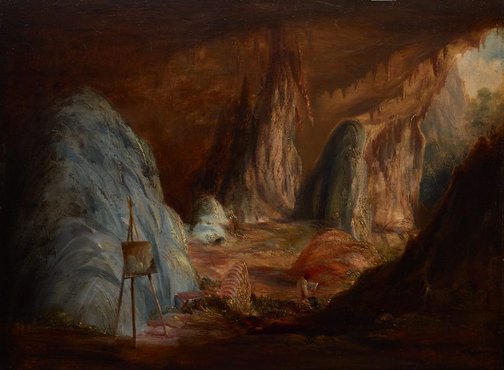
[>] “The world beneath our feet is darkly alluring and terrifying. Ancient myths are replete with stories of underworld journeys. Humans (and even our ancestors, Homo erectus) have visited caves for hundreds of thousands of years and left traces of our presence there — art, graffiti, tools, and bones. In more recent history, we have ventured underground to retrieve valuable commodities (coal, oil, minerals) and treasure (gold, gems); buried things we hope to keep secure, from tombs to military bunkers; and entombed dark secrets below the surface, including hazardous wastes. “Underland” is an exploration of all of these human-underground interfaces. In its pages, the author — who also has extensive experience as a caver and climber — escorts his readers into many subterranean realms via a meandering, cave-like, and masterful narrative. And though he flirts with danger, entrapment, disaster, and even death, he returns safely to the surface each time with a new insight. The worlds he reveals are astonishing and dark. In Norway, Macfarlane views figures painted in red ocher on a cave wall 3,000 years ago, preserved and sheltered under rock, and so awe-inspiring that they move him to tears. Beneath Paris, he encounters the modern cave graffiti and underground sculptures of a subterranean counterculture, the “cataphiles,” who illicitly explore and keep watch over the city’s catacombs and sewers.”
Winogrand in Color
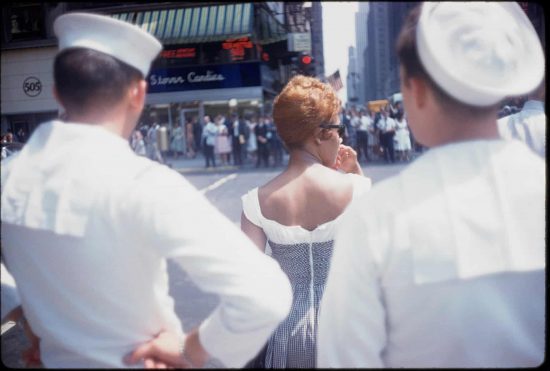
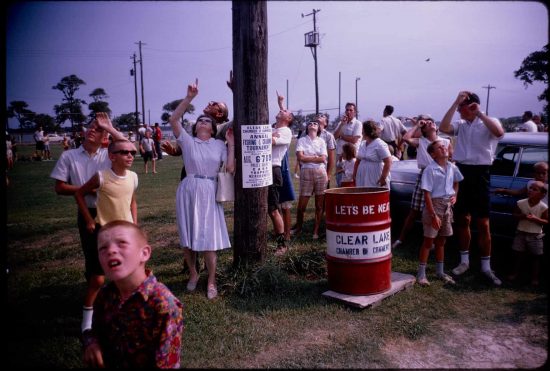
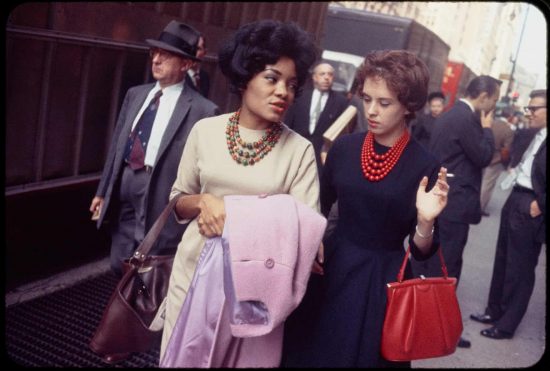
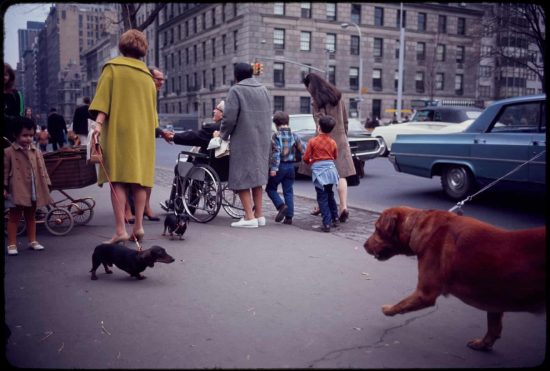
From The Guardian in the US, Garry Winogrand’s America in color [>] Winogrand’s rarely seen color photographs are on show at the Brooklyn Museum, showing his distinctive view of everyday life in America. On show until 8 December, takes him to the streets, to highways, to suburbs, to motels, to fairgrounds and to amusement parks…”
Have Duct Tape Will Travel



But wait there’s more…
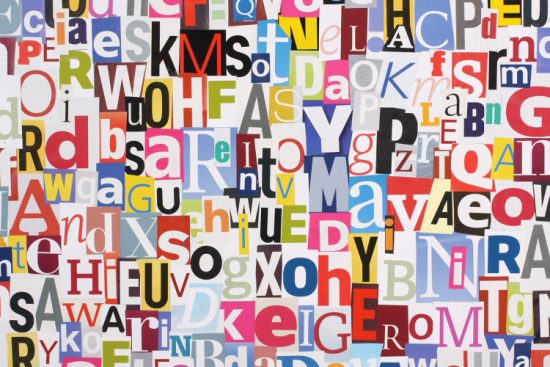
A call for papers for the conference The Non-Transparency of Language at the London based Association for Art History [est. 1974] is being passed around on social media as an example of the very thing it sets out to describe, ie, impenetrable art speak. Long time readers of The Art Life will know our occasional series But wait there’s more… which highlights the best in obscure art speak. Imagine our excitement when this CFP was being hailed as the new gold standard, and our disappointment when it turned out to be pretty straightforward [>] “The Non-Transparency of Language aims at exploring language-based art within the context of the contemporary gallery space. Hosted by Pavement Gallery and the Manchester School of Art, this event looks at exploring how this art form art has evolved within and the relevance that it still possesses the contemporary setting. Language-based art is a branch of Conceptual Art. Particularly associated with Art & Language (1968) is closely linked to the avant-garde art-works of the 1960’s. Words played an important role for artists; the emphasis being on ideas of visuals forms of work. The production of work maybe seen to be founded upon a linguistic basis. Artists such as Joseph Kosuth, Lawrence Weiner and Mel Bochner gave language a central role. Language had become subject to a further Minimalist reduction or had ‘dematerialized’. This notion of ‘Dematerialization’ appeared to be fetishist complexion, engaged with such thoroughly substantial materials as paper, and the spaces of gallery walls. The conviction which characterized Art & Language was that it was the inquiry which had to be the work, therefore ‘the work’ is the object of enquiry. Pavement Gallery has been known to display artists working with the medium of language such as John Cage (2019), Mark Titchner (2013), Antoni Muntadas (2012) and Lawrence Weiner (2010), examining the possibilities and complications of language and communication in both art and life. The impenetrability of the gallery is countered by the opening out of the exhibition into the outside world. Work which is shown in the gallery is viewable 24/7 by those passing by. This contained space affects the reception of the work, as potential viewers interact and perceive it in an individual manner…”
None more black

When it comes to colour, things are hotting up in London. When Anish Kapoor scored exclusive use of Vantablack, a pigment that’s touted as the blackest black ever created, more than a few artists were miffed at being barred from going to the dark side. In retaliation, it appears Kapoor is now personally banned from the use of other colours, including pink. As Artsy reports [>] “A new art store opened this weekend in London’s posh Mayfair district, offering premium paints and pigments to anyone, except for world-renowned artist Anish Kapoor. A security guard equipped with a photo of Kapoor is posted at the shop’s door at all times to ensure he doesn’t get in. All shoppers are required to sign a disclaimer certifying that they are not affiliated with Kapoor or there to buy paint on his behalf. The store, ArtShop, is the latest battleground in the color war between its creator, artist Stuart Semple , and Kapoor that began in 2016, when it was revealed that Kapoor had secured exclusive rights to artistic uses of Vantablack, the blackest synthetic material ever created. The fact that this new material with enormous artistic potential was only available to one artist incensed many in the artistic community, including Semple. In retaliation, he created a paint he dubbed the “Pinkest Pink” and made it available for anyone to buy online—except Anish Kapoor….”
One of the best bad paintings of all time
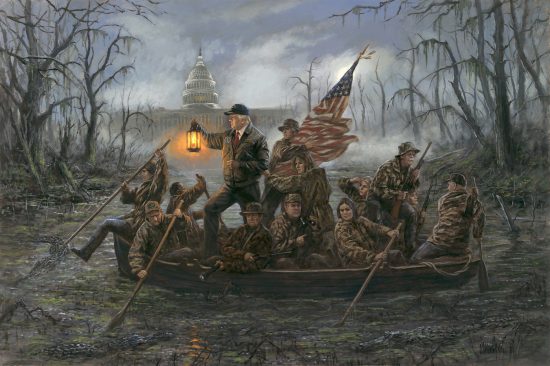
Jon McNaughton is rightly celebrated as the leading artist of Trump’s America. The natural heir to the crown of the kingdom of sentimentalia left vacant after the death of William Thomas Kincade, McNaughton has distinguished himself with ‘patriotic’ works that combine painterly realism with the fever dreams of the far right, such as in his picture [>] The Forgotten Man, which depicted Obama trampling on the constitution as the ghosts of former presidents looked on aghast, and the average man [the forgotten man of the title] quietly expires on a park bench. The cause of this scene? The passing of the Affordable Care Act. With Trump taking office in 2016 McNaughton found a president he can get behind, turning out more than a dozen allegorical portraits of the great man. The latest painting to cause an online ruckus is his magisterial Crossing The Swamp, a painting the needs little explanation except a legend to the who’s who of Delaware crossing Trumpites [>] “List of figures from left to right: Nikki Haley, James Mattis, Ben Carson, President Trump, Jeff Sessions, Mike Pence, Melania Trump, Mike Pompeo, Sarah Sanders, Ivanka Trump, John Bolton, Kellyanne Conway, John Kelly…” And lo, it is truly one of the worst paintings ever created!
Assorted links
Women artists take to the streets [>] to rattle ‘boys’ club’ with big, bold statements
Young Indigenous artists in outback New South Wales [>] choose to stay on country to further careers
Hey, it’s Ronny! [>] A ‘Hideous’ sculpture of a giant hand is sparking fear and confusion in New Zealand
From the Los Angeles Times [>] Spectacular aboriginal paintings from Australia burst with deep, sacred beauty
RIP [>] Artists Jin Shiu and Yi Joungmin, members of the Okin Collective, Found Dead
“Many visitors don’t look directly at the painting; they focus on their smartphone screens.” [>] Want to see the Mona Lisa? Get in Line
A piece of silo art that’s actually good [>] If you’re ever visiting Urana, make sure to pack brown pants
[>] HumanNature Series: The culture and politics of ice
Oopsie [>] Star Architect Must Pay Must Pay Venice for Bridge Too Fragile for Tourists
The lifts have been found: [>] David Lynch releasing 51 minutes of lost footage from ‘Blue Velvet’
Time hole: the first footage of earth from space…
